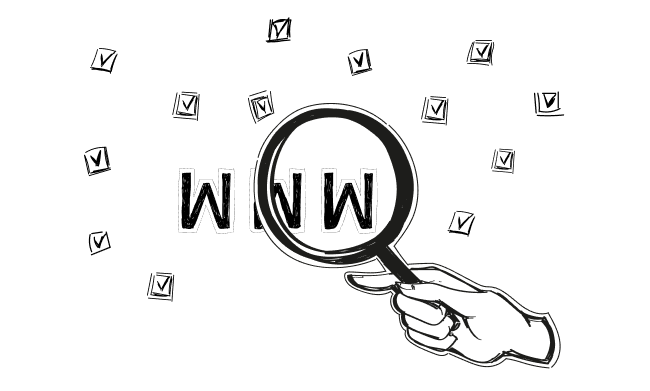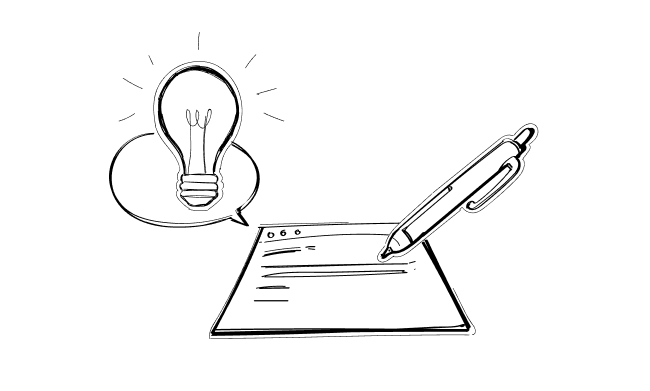Suppose you launched an email campaign, sent out 300 messages, and got 100 positive responses.
Throughout the campaign, you haven’t scheduled any reporting calls with the client but agreed to meet at the end to discuss the results.
You triumphantly march into the meeting, ready to share the amazing news. But it turns out the client believed the campaign wasn’t successful at all. What happened? The client expected that every positive response was a clear sign of the customer’s intention to buy. So, they instantly sent them the offer and – not surprisingly – never heard from them.
Reporting could have saved you so much trouble.
Why is client reporting so important?
If you had scheduled regular reporting calls with the client, you’d have known what’s been happening early on. You’d be able to convince them that this course of action wouldn’t make the campaign successful. And you’d probably have a better chance of keeping this client on board.
The client pays for the email campaigns carried out or the leads generated, so they must know what it is that they’re paying for on an ongoing basis.
Note: When billing for leads, make sure to clearly distinguish between a hot and warm lead and adjust the billing accordingly. When billing for campaigns, differentiate between messages sent and delivered.
3 challenges of client reporting
Agencies usually encounter these pain points around reporting:
- Reporting is time-consuming, especially if you need to manually personalize reports for multiple clients and send them out on a regular basis. A good solution here is automating a large part of that reporting effort through a specialized tool.
- The client may not know how to read the reports – response rate, open rate, CTR… These terms are often unclear to clients.
- The client may not have experience with how cold emailing works or what results to expect. Make sure that your reports include context – for example, indicating whether this result is typical for the industry or target audience.
How to build a process for reporting to clients
Define the reporting process
The first step is creating expectations around reporting. Does your client expect regular calls on a given day of the week? Or do they prefer to have a written report delivered to them each week, followed up by a monthly call to discuss the results?
To make your life easier, have a plan in place instead of asking the client what they prefer. This opens the door to a smoother reporting process and standardization across reporting for multiple clients, which, in turn, prepares you for automating at least some parts of the process.
Agree on the report’s content
Specify the cold email metrics and items your reports will contain and their level of detail, in line with your settlement method.
A good practice here is to pay more attention to the response rate than the open rate. Why? Because the OR may be curved by security systems in company mailboxes.
Also, your reports should include information about any changes applied to the campaign, e.g., added A/B tests, addressed mailbox problems, and follow-ups.
Give your clients real-time access
Solutions like the Woodpecker Agency app allow you to share reporting stats in real-time with clients through a personalized dashboard. This kind of self-service can give a huge boost to the customer experience.
Wrap up
Your reporting process has a massive impact on your collaboration with the client. By checking all the boxes we mentioned above, you’ll be on your way to faster reporting that delivers exactly the information your clients need.
Want to learn more about campaign metrics monitoring? Jump to this guide: Outbound Sales Metrics Demystified – Which Should You Track & Why?
READ ALSO

Woodpecker for B2B Lead Generation Agencies
In the renaissance of cold emailing, some companies made outbound lead generation the core of their business. We call them lead generation agencies, as they offer the service of generating B2B leads for the sales teams of their client companies. The agencies send numerous emails and follow-ups on behalf of their clients. Managing so many cold email campaigns at the same time can be a real drag. That's why we've implemented a separate set of features dedicated to lead generation agencies in Woodpecker.co. Here's how you can handle all your clients' campaigns within Woodpecker's agency panel.

How to Carry Out a Client Website Audit for Cold Emailing
A cold outreach campaign is all about reaching out to people who have never heard of your client’s brand. They have no idea who you are, and you can bet that they’re not happy to see yet another sales email in their inbox (to put it mildly).

How Can Agencies Create Content for Successful Outreach Campaigns?
In a cold email campaign, you only get one shot to engage the prospect. And you can make the first impression only once. How you do that determines the success of your entire interaction.

